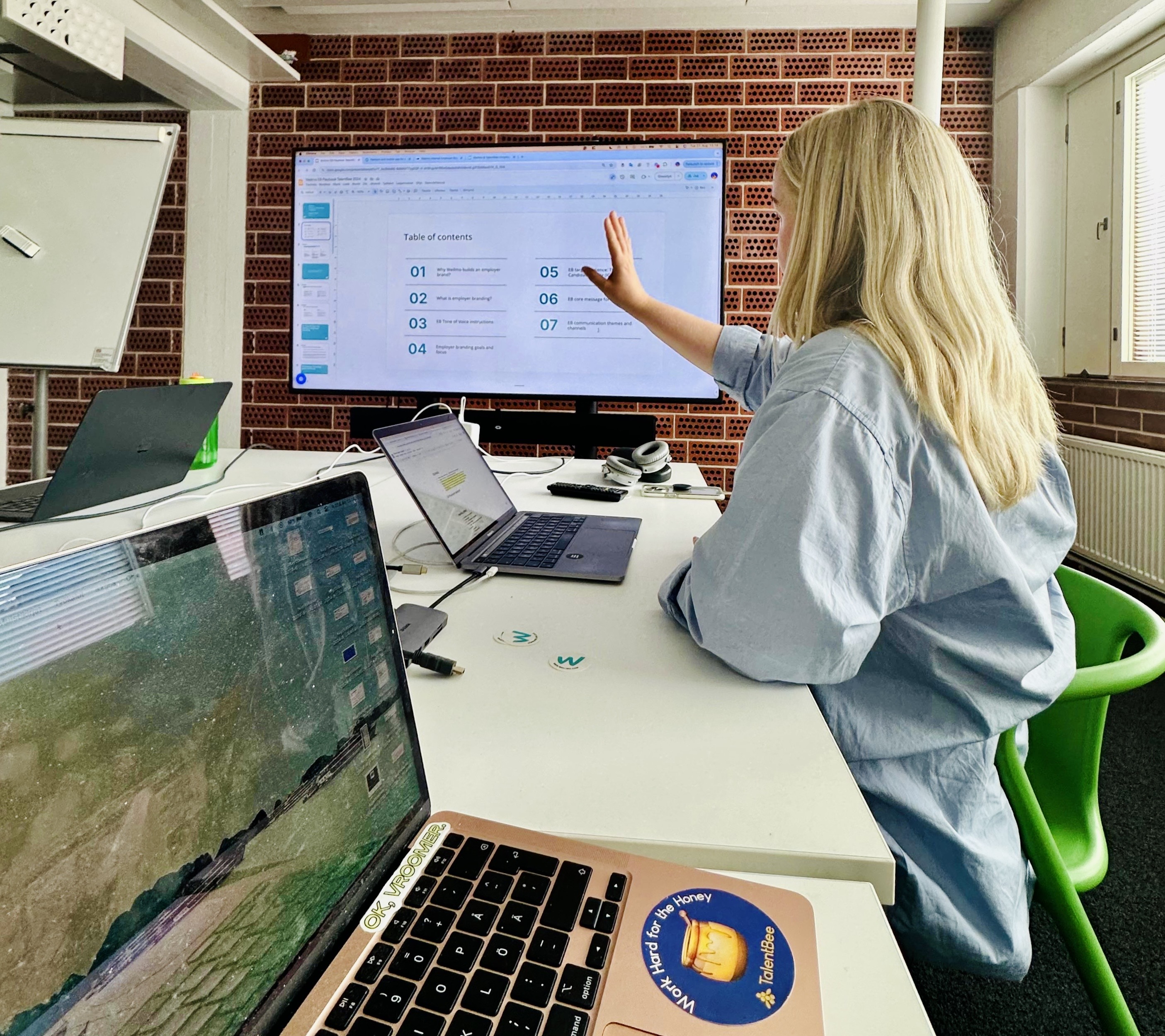Introduction
- Guest: Erika Ekstam, Head of People and Culture at OneLab
- Host: Samuli Salonen, representing TalentBee
- Focus: Talent acquisition and ATS (Applicant Tracking System) in SaaS companies
Erika’s Background and OneLab’s Mission
- Erika’s journey in HR and talent acquisition
- OneLab’s focus on digital and preventive healthcare
- Key Challenge: Identifying hidden health risks for employees
- Solution: Offering third-party health checks to address both physical and psychological health issues
Importance of Health and Wellbeing
- Rising importance of mental and physical wellbeing, especially among younger employees
- Personal experiences with health coaches and mental health support
Introduction to ATS
- Definition and role of ATS in recruitment
- Shift in recruitment focus from applications to headhunting
When to Invest in an ATS
- Considerations for implementing an ATS:
- Hiring volume and difficulty of filling positions
- Future growth and efficiency needs
ATS and Candidate Experience
- Impact of ATS on candidate experience
- Preference for easy application processes (e.g., LinkedIn profiles)
- Balancing applications and headhunting in recruitment strategies
Utilizing ATS Effectively
- Integrations with job boards and other features
- Benefits of AI in ATS:
- Efficiency in initial stages of recruitment
- Reducing biases in candidate selection
- Enhancing candidate experience through AI-assisted interactions
Challenges with ATS
- Ensuring hiring managers use the ATS effectively
- Conducting training sessions
- Making ATS intuitive and user-friendly
- Using ATS for all candidate communications
AI and Recruitment
- Potential of AI to assist but not replace human recruiters
- Enhancing objectivity and reducing biases in recruitment
- Use cases for AI in screening and matching candidates
Building Talent Pipelines
- Importance of proactive recruitment strategies
- Building and maintaining a pipeline of potential candidates
Data and Analytics in ATS
- Key metrics to track:
- Time to fill: Predictive measure for future hiring needs
- Source of candidates: ROI on recruitment channels
- Retention and performance data: Linking sources to long-term success
Integrations and Future Trends
- Importance of ATS integrations with other HR systems
- Future developments in ATS functionalities
Top 5 Key Learnings
- Proactive Health Measures: Implementing third-party health checks can identify hidden health issues, improving overall employee wellbeing and productivity.
- Early ATS Implementation: Even small companies should consider an ATS if they anticipate growth or hard-to-fill positions, as it streamlines the recruitment process.
- AI in Recruitment: While AI can enhance efficiency and reduce biases in the initial stages of recruitment, human judgment remains crucial in the final hiring decisions.
- Effective ATS Usage: Regular training and involving hiring managers in the ATS can ensure better adoption and efficient recruitment processes.
- Data-Driven Decisions: Tracking metrics like time to fill, candidate source effectiveness, and retention rates can provide valuable insights for improving recruitment strategies.









